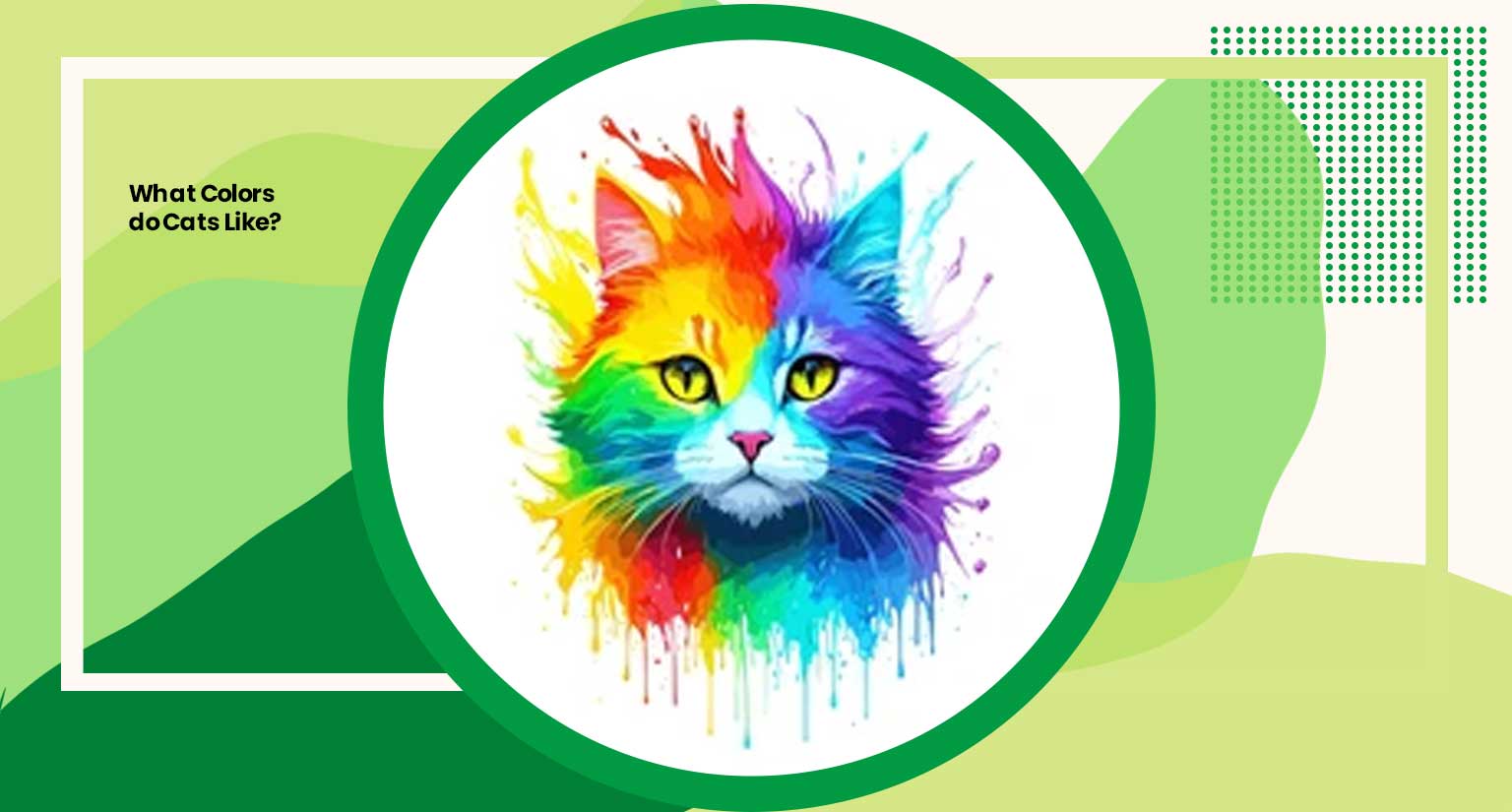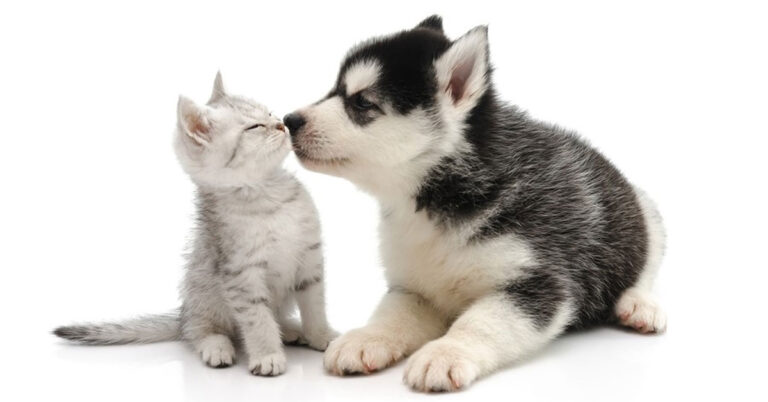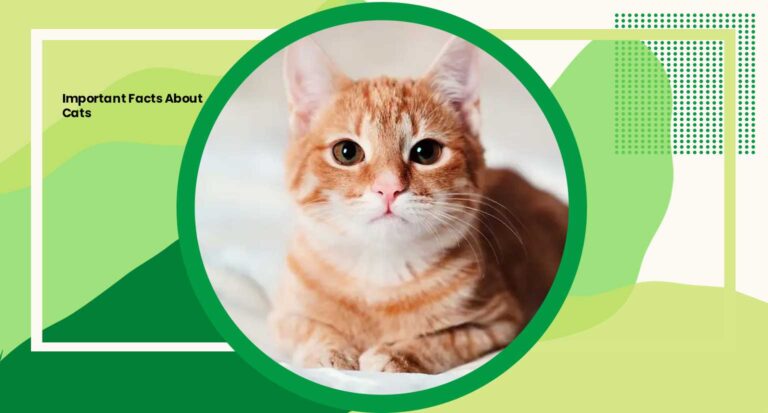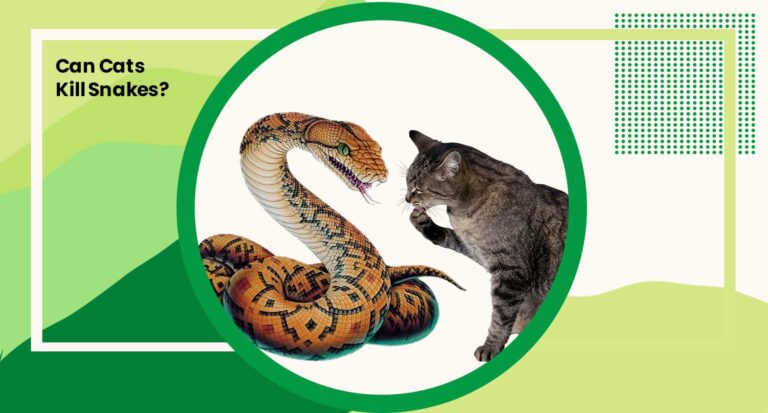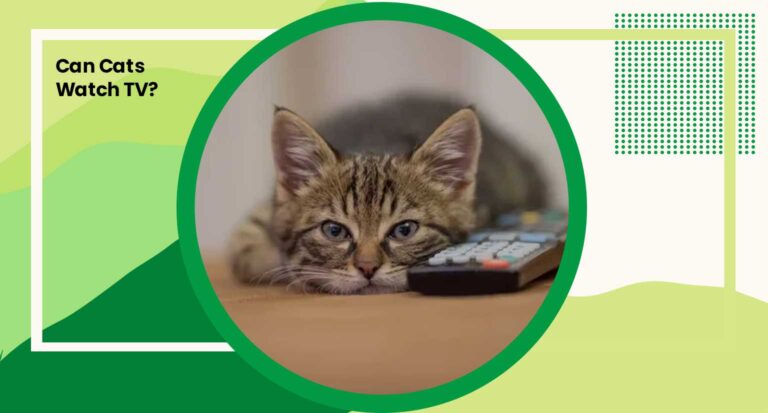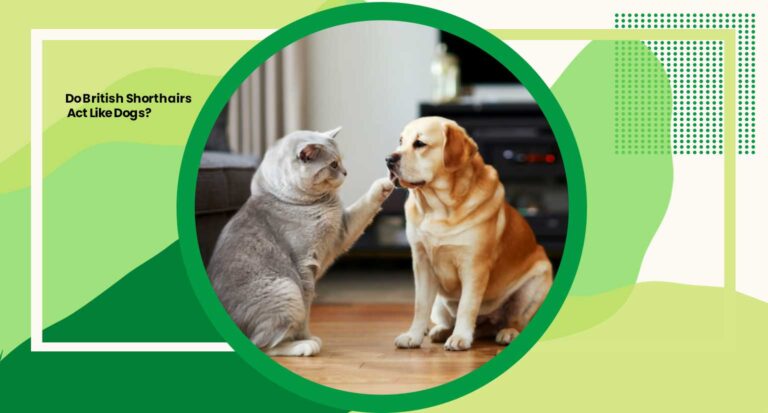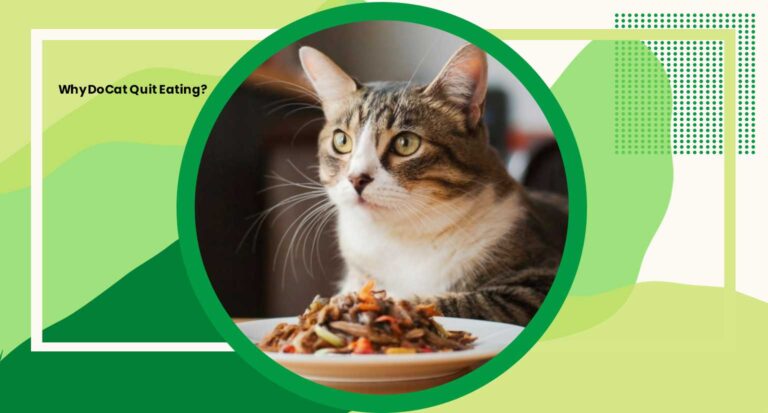What Colors do Cats Like?
Cats, known for their mysterious ways, have distinctive preferences, even when it comes to colors. Delving into their world unveils a captivating spectrum that piques the feline curiosity.
Join us as we explore the shades that enchant our beloved furry companions and unravel the mystery of what colors truly captivate them.
Curious about what colors do cats like? Let’s embark on this fascinating journey together.
What Colors Do Cats Like Best?
Understanding the hues that resonate most with cats delves into the intricacies of their perception. Cats, known for their unique visual spectrum, exhibit preferences that might surprise us.
Let’s uncover the captivating world of colors through a feline lens.
Colors That Captivate Feline Attention
Certain shades seem to draw cats in more than others. Whether it’s the vibrancy, contrast, or depth, discovering these captivating colors sheds light on their preferences and behaviors.
Influencing Feline Color Fascination
Beyond mere preference, factors like instinct, environment, and upbringing play pivotal roles in shaping a cat’s affinity towards specific colors.
Understanding these influences helps decipher their color inclinations.
Subtle Language of Feline Perception
Cats perceive the world through a unique visual lens, showcasing an intricate spectrum that differs from human perception.
Their ability to discern colors might be more limited, leaning towards shades and contrasts rather than the full spectrum visible to humans. Understanding this nuanced perception unveils the subtleties of their color preferences.
Variations in Feline Responses
Interestingly, individual cats may exhibit diverse reactions to colors. While some might gravitate towards warm tones like reds and oranges, others might prefer cooler hues such as blues and purples.
Unraveling these individual preferences sheds light on the diversity within feline color inclinations.
Environmental Influences on Feline Color Preferences
The environment in which a cat grows and lives significantly impacts its color preferences.
Indoor cats might show a preference for colors present in their immediate surroundings, while outdoor cats might be drawn to natural tones that mimic their habitat.
Understanding these environmental influences enriches our comprehension of feline color fascination.
Enhancing Feline Well-being through Color Enrichment
Utilizing knowledge of color preferences can enhance a cat’s environment and well-being.
Whether through choosing bedding, toys, or accessories, incorporating colors that resonate with a cat’s preferences can create a more stimulating and enjoyable space for our beloved pets.
Future of Understanding Feline Color Preferences
Advancements in research continually uncover new facets of feline behavior and perception.
As our understanding deepens, we can tailor environments and experiences to better suit the visual preferences of our feline companions, fostering stronger bonds and happier, more fulfilled pets.
Feline Color Insights
Discover practical ways to integrate this knowledge into everyday life with your cat.
From selecting toys to creating cozy spaces, leveraging insights into their color preferences can enrich their lives and strengthen the bond between you and your furry friend.
What Hues Soothe Cats?
Cats, renowned for their sensitivity to their environment, often find solace in certain colors.
While individual preferences may vary, some shades consistently evoke a sense of comfort and tranquility in our feline companions.
Warm and Earthy Tones
Soft, earthy colors like gentle greens and muted browns often create a calming atmosphere for cats.
These tones mimic natural settings, reminiscent of foliage and soil, offering a sense of security and peace.
Subdued Blues and Purples
Gentle shades of blue and purple, especially pastel variations, can have a serene effect on cats.
These cooler tones evoke a sense of relaxation, akin to the calmness of a clear sky or a tranquil evening.
Neutral Grays and Soft Beiges
Neutral shades like gray and beige, when in softer hues, provide a sense of balance and understated comfort for cats.
These tones create a serene backdrop, promoting a peaceful and stress-free environment.
Personal Preferences
While these colors generally evoke comfort, individual cats may have their unique inclinations.
Observing your cat’s response to different hues can help identify their personal preferences and create a nurturing environment tailored to their needs.
Absolutely, let’s delve further into the captivating realm of feline color preferences:
Contrasts and Intensity
Cats are often drawn to high-contrast colors. They are more likely to notice and engage with objects that stand out against their background.
Bold contrasts, such as black and white, might grab their attention and stimulate their curiosity.
Intrigue of Red and Its Allure
Red holds a particular fascination for many cats. This vibrant color seems to captivate their interest, possibly due to its visibility and intensity.
Objects in shades of red may evoke a sense of excitement or attraction in our feline companions.
Calm or Curiosity?
While some cats show a preference for soothing blue tones, others might be indifferent or even intrigued by objects in shades of blue.
It’s a color that can evoke a sense of calmness or spark curiosity, depending on the individual cat’s temperament.
Adapting to Environmental Influences
A cat’s upbringing and surroundings can significantly influence their color preferences. Indoor cats might gravitate toward colors prevalent in their indoor environment, while outdoor cats may show interest in colors resembling their natural habitat.
Exploration and Personalization
Experimenting with different colors and observing your cat’s reactions can be a playful and insightful way to uncover their preferences.
Tailoring their surroundings to incorporate favored colors can enrich their environment and potentially enhance their overall well-being.
Optimal Room Colors for Cats
The colors used in a room can significantly influence a cat’s comfort and well-being.
While individual preferences vary, certain colors and tones can create an ideal environment that promotes relaxation and contentment for our furry companions.
Natural Tones Mimicking the Outdoors
Rooms adorned with earthy and natural tones, such as soft greens, warm browns, or subtle grays, often resonate well with cats.
These colors echo outdoor environments, providing a sense of connection to nature and tranquility for indoor-dwelling felines.
Subdued Blues and Muted Purples
Gentle shades of blue and muted purples can instill a calming atmosphere in a room.
These serene hues can promote relaxation and help create a soothing environment, potentially reducing stress for your cat.
Neutral Palettes for Versatility
Neutral colors like soft beiges and off-whites offer versatility and a serene backdrop for a cat-friendly room.
These tones create a peaceful ambiance and can complement various cat accessories and furnishings.
Considerations for Personalization
While these colors often evoke comfort for cats, individual preferences may vary.
Observing your cat’s behavior and reactions to different room colors can guide you in tailoring their living space to suit their unique preferences and promote their well-being.
Feline vs Human
Unlike humans who perceive a broad spectrum of colors, cats have a more limited range. Their eyes contain predominantly rod cells, aiding in low-light vision, but fewer cone cells responsible for color detection.
Their color vision is dichromatic, leaning towards shades of blue and gray.
Distinctive Color Sensitivity
Cats have a heightened sensitivity to blue and violet hues due to their ability to detect shorter wavelengths.
While they may not see vibrant reds or oranges as vividly as humans, they perceive cooler tones with more clarity.
Utilizing Motion and Contrast
In lieu of a broad color spectrum, cats rely heavily on detecting contrasts and movement.
This acute vision aids in hunting, enabling them to spot subtle movements of prey against their surroundings.
Evolutionary Adaptations
Cats’ visual capabilities have evolved to suit their predatory instincts.
Their ability to see well in dim light and detect motion efficiently outweighs the need for a diverse color range, allowing them to thrive as both hunters and companions in various environments.
Impact on Interaction
Understanding a cat’s visual perception helps tailor interactions and environments to suit their preferences.
Incorporating toys or accessories with high contrast or using colors within their discernible range can enhance engagement and overall well-being.
Continual Exploration of Feline Vision
Ongoing research and advancements deepen our understanding of how cats perceive the world visually.
This evolving knowledge aids in creating environments that cater to their unique vision, fostering happier and more enriched lives for our feline friends.
Frequently Asked Questions
1. What colors do cats see?
Cats primarily perceive a range of blues and grays, with some ability to discern shades of green and red. Their vision is dichromatic, meaning they have limited color perception compared to humans.
2. Do cats have favorite colors?
While cats may not have specific favorite colors, they often show preferences for warm tones like reds, oranges, and yellows, as well as soothing blues and purples. Individual cats may exhibit unique inclinations.
3. Can cats see all colors?
No, cats do not see all colors in the same way humans do. Their color vision is limited compared to humans, with a focus on cooler tones and muted shades.
4. Do cats prefer certain colors in their environment?
Cats often find comfort in natural and earthy tones like greens, browns, and grays that mimic outdoor settings. Additionally, subdued blues and purples can create a calming atmosphere for cats.
5. How do colors affect a cat’s behavior?
While colors may not drastically alter a cat’s behavior, they can influence their mood and perception of their surroundings. High contrasts and certain hues might attract their attention or evoke a sense of calmness.
6. What colors are comforting for cats?
Cats often find comfort in soft, natural tones like greens, browns, grays, and subdued blues and purples. These colors create a soothing and calming atmosphere in their living space.
7. Are all cats attracted to the same colors?
Each cat is unique, and their responses to colors can vary. While certain colors might generally appeal to cats, individual preferences depend on factors such as upbringing, environment, and personal temperament.

